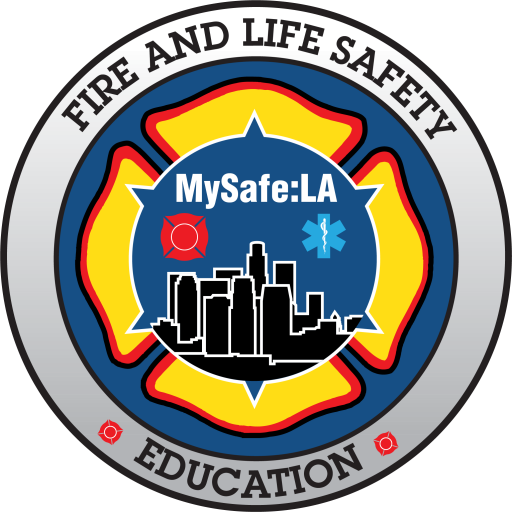After The Shaking
Raging fires follow
There could be hundreds of fires within minutes of a large earthquake.
When destructive earthquakes strike, the often disrupt fuel and water lines that feed our homes. It’s important to know how to shut off the gas line leading to your home. If you smell gas in your home after an earthquake, you could have a natural gas leak. You need to know where your home’s gas line shut off is.
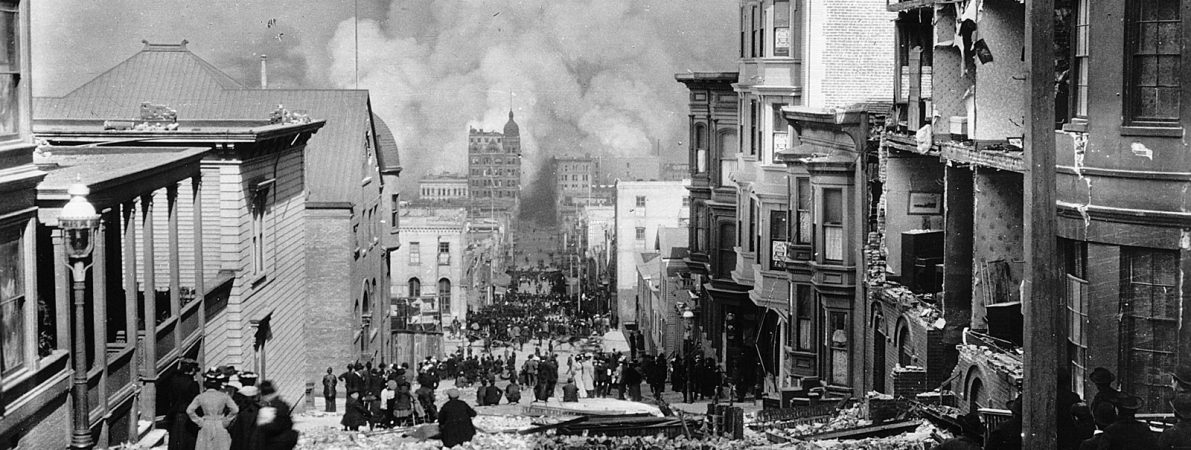
Earthquake History: San Francisco 1906
- Fires destroyed about 28,000 buildings and 500 blocks – ¼ of San Francisco.
- A San Francisco resident cooking breakfast on a stove that’s chimney was damaged during the quake, started the 24-hour-long “ham and eggs fire” which destroyed a 30-block area, including parts of City Hall and Market Street.
- Fires burned for three days and three nights; some were as hot as 2,700°F.
- The Navy contributed to putting out fires by running water lines and providing water to the city’s fire department for their steam engines.
- As a result of the fire, more than 250,000 of the city’s 400,000 residents were left homeless.
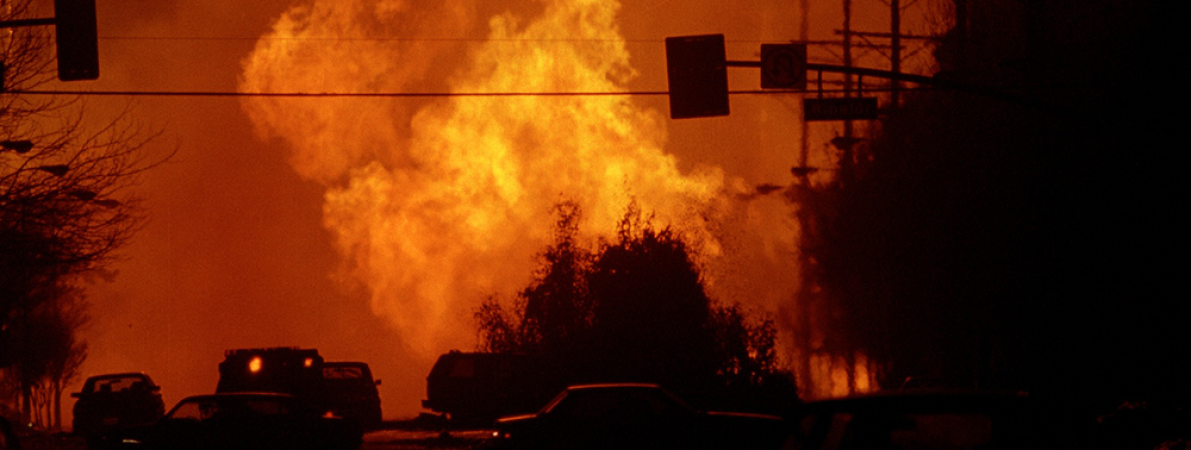
Lessons Learned, but Northridge Burned
Firefighters not only had to contend with rapidly moving from one fire to the next, but also were challenged by a lack of hydrant water. The quake, which lasted just under 20 seconds, was a blind thrust Earthquake, and it ruptured more than 1,400 water main pipes. Not only did firefighters have to fight these fires with few apparatus and firefighters than they ordinarily would, but they had to resort to using water tankers and drafting water from swimming pools.
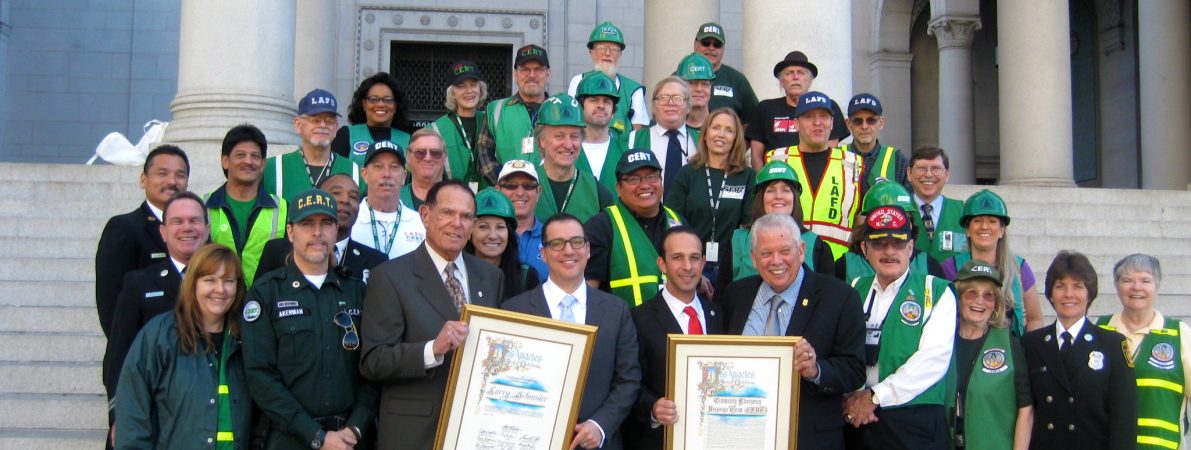
Adding Community To Earthquake Response
Nearly a decade before the Northridge earthquake, the LAFD was interested in developing a strategy for managing a destructive earthquake. Officials from Los Angeles, including the LAFD’s Frank W. Borden traveled to Japan in January 1985 to study how the Japanese responded to the common occurrence of deadly earthquakes. Chief Borden returned with a head filled with ideas, and shortly thereafter, the concept of creating Community Emergency Response Teams – or CERT was formed.
Within minutes of the Northridge earthquake erupting in the city, L.A. City firefighters were en route to dozens of fires in the San Fernando Valley. In the period from 4:31AM (when the quake occurred) through midnight, there were approximately 110 earthquake related fires. More than 70% of those fires occurred in single or multiple family fires.
Firefighters not only had to contend with rapidly moving from one fire to the next, but also were challenged by a lack of hydrant water. The quake, which lasted just under 20 seconds, was a blind thrust Earthquake, and it ruptured more than 1,400 water main pipes. Not only did firefighters have to fight these fires with few apparatus and firefighters than they ordinarily would, but they had to resort to using water tankers and drafting water from swimming pools.
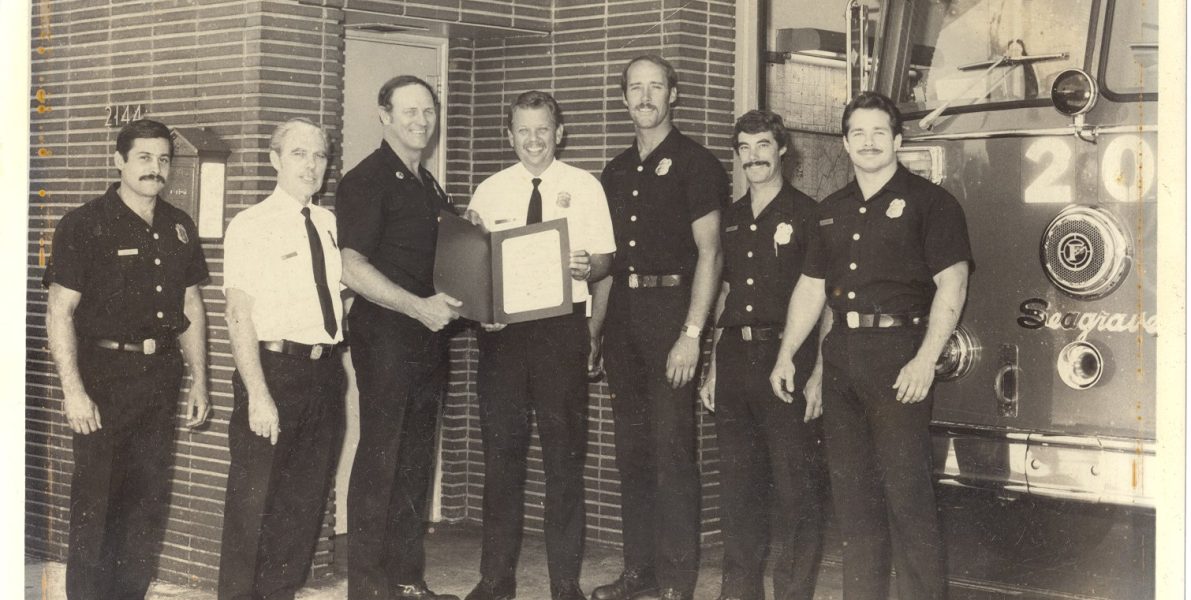
Following the 1987 Wittier Narrows earthquake, the LAFD created the Disaster Preparedness Unit, and began actively training the public to become CERT trained – and in some cases CERT volunteers. In 1993, FEMA determined the value of CERT and Chief Borden’s leadership in this area had national relevance, and the Emergency Management Institute (EMI) working with Chief Borden and the LAFD developed CERT materials and training nationwide.
Prior to the Northridge earthquake, the impact of fires that follow quakes had not generally been well documented. Northridge changed that. Assistant Chief Borden’s work with CERT, and his expertise in earthquakes led to a NIST report on fire related aspects of earthquakes – specifically about the Northridge earthquake.

